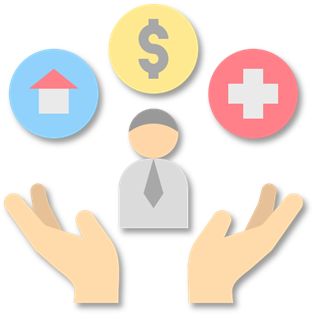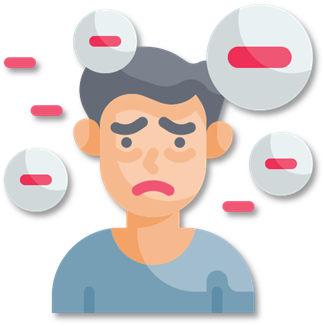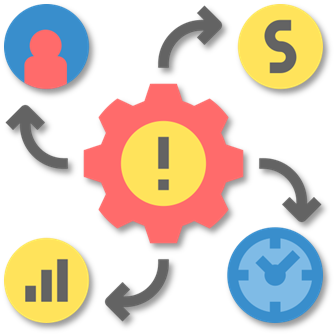Step 3: Effects
| Topic | Question | Answer |
Positive consequences | Which positive effects are expected from the AI-functions - to the performance of the actors who work with the AI (e.g., accuracy, speed, ...)? - to the state of them (e.g., stress, understanding, trust, ...)?
| Positive effects: more independence for the patient and freedom of movements, accuracy and faster, safer walks. Enables Maria to be able to do it more often if she wants to. Caretakers get more time to do more qualified tasks that require human attention while still being able to see if everything is okay with Maria. Maria gets less stressed and gets more confident about going outside by herself, feels maybe less like a burden and more like her own independent person. Less scared of moving in traffic and missing something. Caretakers can feel confident in the fact that Maria is safe and that they will be alerted if something happens. The family has more time for themselves and can be happy and confident in the fact that Maria can get her walks on her own. When the family does visit it allows for more freedom in what they can do together. |
Negative consequences | Do you foresee potential negative effects of the AI-functions: - on the performance, state and/or values of the actors? - on more general ethical or societal aspects? What are they? | Maria could potentially ignore the robot or find it annoying if it gives prompts at the wrong time. Could also be difficult since it is not a real person, which could maybe be uncomfortable for Maria. In terms of performance, the sensors could potentially be affected by weather conditions. For example sensors could be clouded by rain, etc. Other effects on the robot's performance would also be relevant, for example if the robot is low on battery or something like that. Other aspects of the environment could affect the AI as well, other actors in traffic and on the streets. It could also potentially get stuck while moving. There could be ethical issues surrounding how much of Maria's routes and time should be monitored, perhaps there could potentially be a privacy issue. We also need to be careful not to replace family members or social interactions with humans, it is probably necessary that sometimes a caretaker or family member takes her on a walk too, so that its not only robot walks. It is also worth considering who would be able to use the AI and robot solution or what facilities would be able to afford those. Would it be for all patients? Would it be government funded? There could be potential inequalities that arise because of this.
|
Impact on use-case | What is the impact of the AI functions on the overall use case? What does it add to the use case/how does it improve the use case as a whole? |



